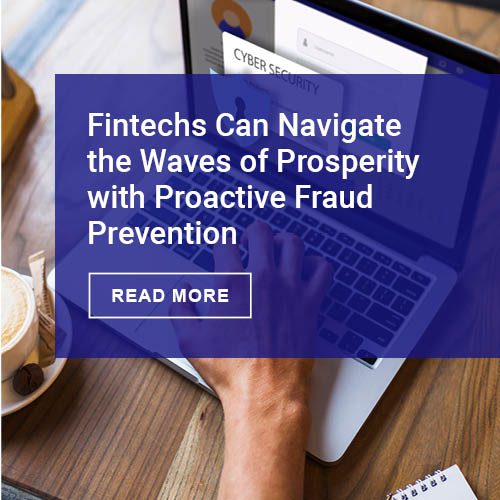Between EMV adoption in the U.S., the explosion of new payments options and technologies and the growth of e-commerce around the world, the concern that online fraud will be a serious problem in 2016 has been frequently voiced by retailers and industry experts alike.
The Growth of Fraud
New research suggests that these fears are well-grounded. The Forter Global Fraud Index™, powered by PYMNTS.com, presents an analysis of the data relating to fraud attacks in the first three quarters of 2015 and has found a significant difference between the number of attacks in Q1 and the number of attacks in Q3. In fact, the number of attempts grew two and a half times – from 0.8% to 2.1% of all transactions.
It’s important to remember that the results are calculated on the basis of all fraudulent attacks – meaning both successful and unsuccessful attempts. Not all of the increase represents an increase in successful fraud.
However, with this level of growth when it comes to attacks, retailers should bear in mind that 2016 is a year when they should take fraud – and fraud prevention – very seriously indeed. As Michael Reitblat, CEO of Forter, comments, “It’s obviously never been more important for retailers to understand fraudsters and to protect their businesses from these growing threats.”
Canny Fraudsters, Clever Fraud
One of the reasons that fraud has increased recently is the growth of suspected botnet attacks – when an online criminal uses a number of computers to search for weaknesses and attack automatically when one is found.
This kind of attack has grown particularly when you look at attacks originating within the U.S. – increasing sevenfold in a nine-month period to represent a horrifying 82% of U.S. fraud attempts. It’s the largest fraud type for any fraud origination coming from other parts of the world as well, though a far smaller percentage of total attack types. It appears that fraudsters, in the U.S. especially, are exercising their technical abilities and hoping to cash in on them.
The report also looks at a breakdown of fraud attacks by vertical. The most notable results here support what industry experts have suspected for some time – online criminals are particularly interested in digital goods (an increase of 2.5 times between Q1 and Q3) and in luxury goods (where attacks have more than doubled).
This isn’t surprising: Digital goods are a great fit for fraudsters: less payment and personal data required, and instant fulfillment. Retailers without fully automated, real-time fraud prevention find this challenging, since manual reviews are too slow for instant service.
Luxury goods are equally logical. It’s all about the bottom line, for fraudsters as well as retailers. Luxury goods represent a high pay-off – well worth the time criminals need to invest to steal them successfully. And fraudsters are sometimes willing to put a lot of work and effort into their theft – sophisticated fraud has nearly doubled in the last quarter, just in luxury goods. In digital goods, it increased sixfold.
The Customer Comes First
Just as online fraudsters benefit from today’s advanced technology, so legacy fraud prevention is being replaced by a new generation of fraud prevention which leverages powerful components like machine learning, behavioral data, geo-location etc. in order to cope with these sorts of threats.
Worrying as this research sounds, it is important that online retailers keep it in perspective. Stopping fraud should not come at the expense of customer experience or sales. Automated fraud prevention, without scores or manual reviews, can help the checkout process be seamless and friction-free.
The customer always comes first. What retailers need is fraud prevention which distinguishes accurately between genuine customers and their criminal counterparts, so that real customers don’t suffer for fraudsters’ attempts at theft.
The next edition of the Forter Global Fraud Index™ will be out later in the year – so keep an eye out to see how these trends are changing and what your business needs to know. In the meantime, keep an eye on your own fraud numbers and make sure that your attempts to prevent loss to fraud aren’t leading to loss of sales to good customers annoyed or wrongly rejected by your fraud prevention.











